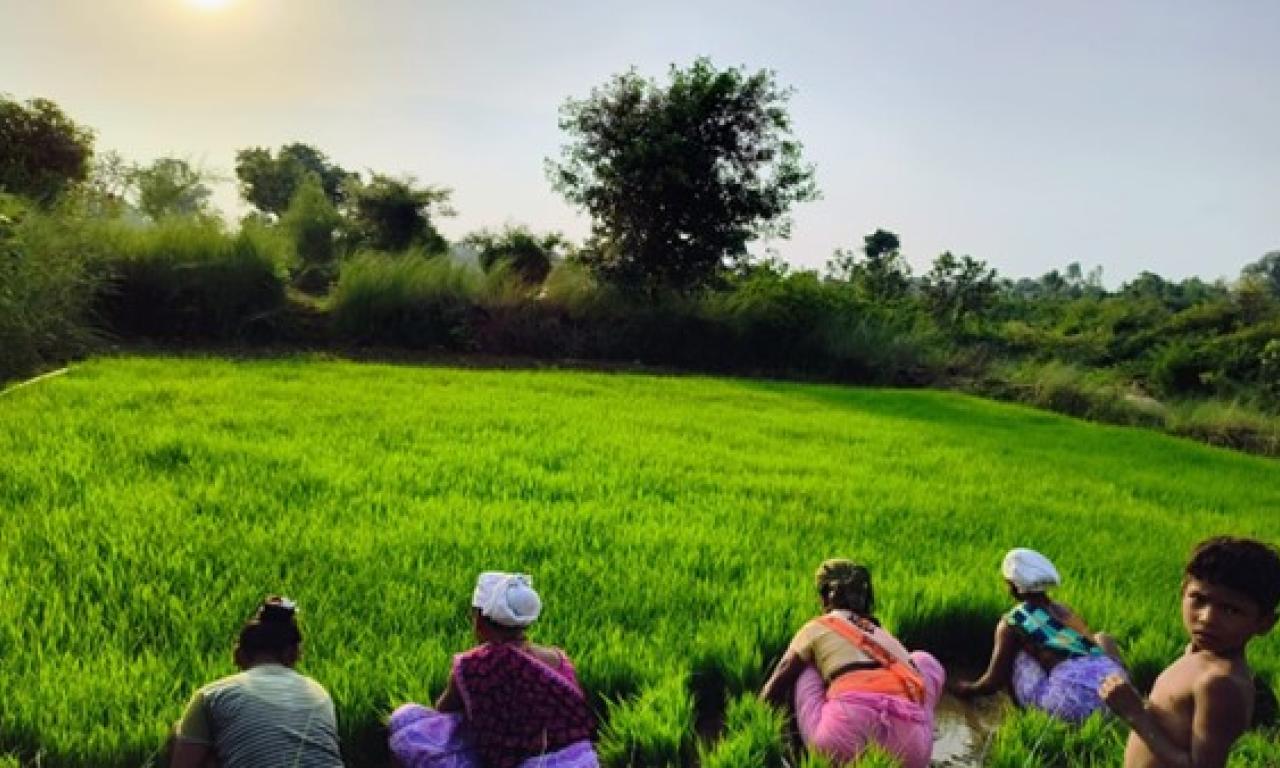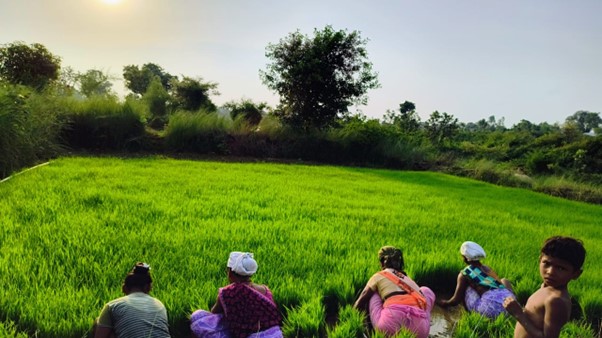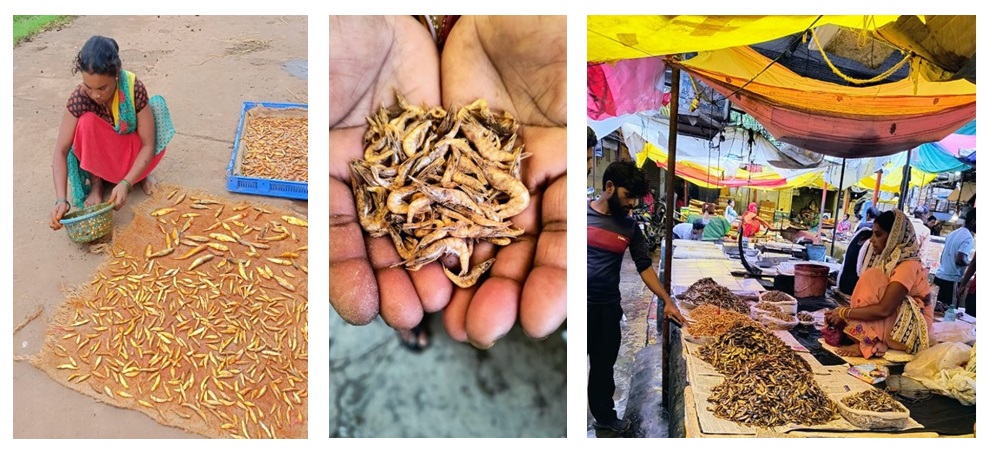

In India, the CGIAR Agroecology Initiative has focused on the Mandla district of Madhya Pradesh. This area has undulating topography, a mix of different land uses with sporadic water supplies, and harsh weather patterns. The Narmada River and its tributaries provide seasonal water resources that can support the development of aquatic food systems in Mandla.
It is in this region where the Initiative is studying the integration of aquatic food systems into existing agroecological farming systems, bearing in mind that aquatic food is known for being nutrient-dense and commercially sustainable.
Historically, the communities in this region relied on capture fisheries in Mandla, which played a significant role in meeting their nutritional needs. However, there is limited evidence and documentation of the potential of aquatic food systems in this region.
To address these gaps, the Initiative has started efforts to document the different types of aquatic food systems in Mandla. The goal is to map the resources, both physical and economic, associated with aquatic food systems. This includes information on the production and consumption of aquatic food items. Additionally, the Initiative aims to document the community’s involvement, social acceptance, and economic outlook related to aquatic food, which could facilitate the transition.

What We Discovered in the Recent Study
Ongoing evaluations have enabled us to identify a diverse range of participants in the food system and the various water resources they rely on. Through this evaluation, the importance of capture fisheries from diverse water bodies such as rivers, streams, canals, and paddy fields may become clear. These fisheries are essential not only for food security but also for providing nourishment and sustaining the livelihoods of local communities.
Fisheries have long been a fundamental aspect of Mandla’s cultural heritage, wherein fish are traditionally caught or harvested by both male and/or female family members from various water sources using indigenous knowledge. It is also evident that women play an active role in post-harvest activities, including the processing and marketing of fish. Although this practice is often seasonal, it still makes a significant contribution to household’s annual income.
Moreover, recent initiatives, including the commercialisation of fisheries in the Narmada reservoirs, have deprived local communities of essential resources and infringed upon activities upstream of the reserve. Additionally, the use of harmful synthetic colours in fish processing (e.g., for preparation dried or smoked fish) and the unoptimized use of synthetic pesticides to enhance the production of aquatic crops like water chestnuts are threatening human health and environmental security. These practices threaten local fish biodiversity, compromise dietary diversity, and endanger traditional livelihoods.

Apart from the traditional and customary information, our scoping study revealed pressing issues that challenge the sustainability of local aquatic resources. Observations that warrant immediate attention include:
- Further need for policy support for the fishers’ communities who primarily relied on capture fisheries.
- The requirement for standardization of aquatic food cultivation/processing procedures by considering productivity, profitability, human health, and environmental safety.
- Rational use of feasible water resources for aquatic food production/capturing, by considering environmental sustainability.
Agroecology offers a promising solution to overcome these impeding challenges by recognizing positive attributes and motivating factors in the landscape. Agroecological performance evaluations, both quantitative and qualitative, might be helpful to start this. The 2019 Agroecological Principles developed by the High-Level Panel of Experts (HLPE) of the Food and Agriculture Organization of the United Nations could serve as the foundational framework for this approach. This will encourage sustainable fisheries management techniques, which may turn feasible water resources into productive assets. It might promote an agroecological transition, improve local diets, raise community income, and improve the quality of water resources in Mandla.
Reference
Naylor, R. L., Hardy, R. W., Buschmann, A. H., Bush, S. R., Cao, L., Klinger, D. H., … & Troell, M. (2021). A 20-year retrospective review of global aquaculture. Nature, 591(7851), 551-563. https://doi.org/10.1038/s41586-021-03308-6
This blog was first published on cgiar.org on 30 September 2024.